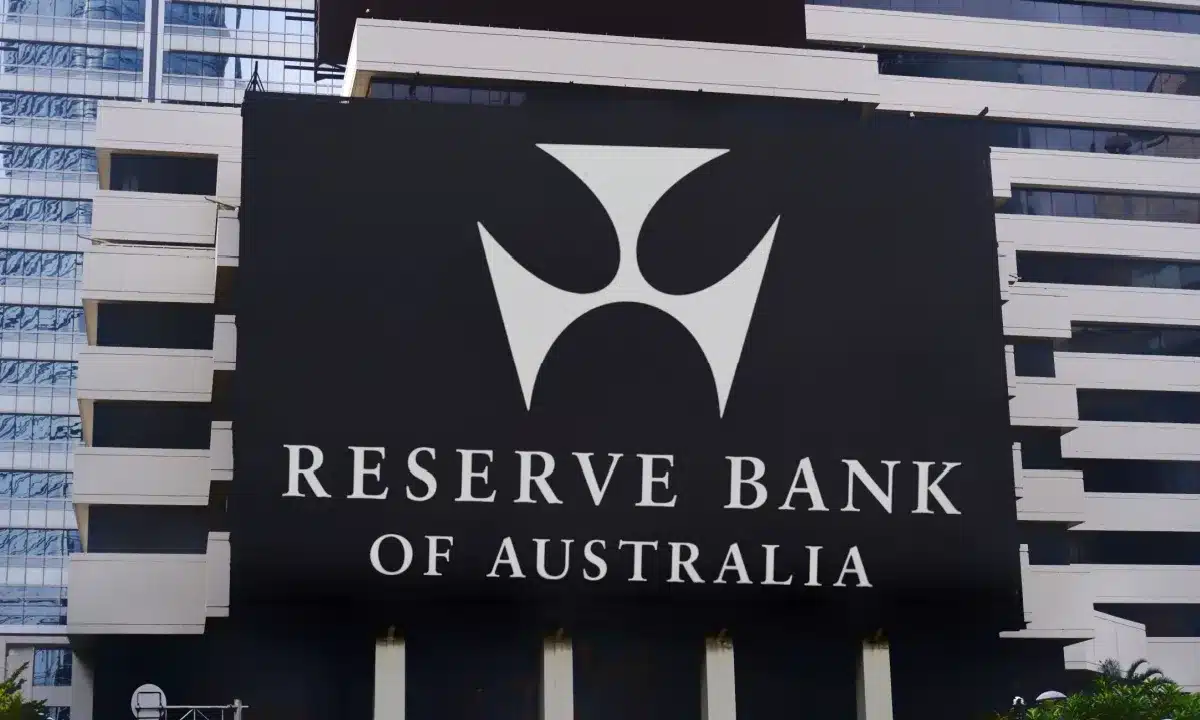Australia’s fight against inflation has paid off handsomely, as the most recent economic data confirms a notable decrease in price hikes. Lower borrowing costs are definitely in the cards now that inflation is inside the central bank’s goal range, despite the Reserve Bank of Australia‘s (RBA) prior resistance to calls for an interest rate decrease.
The trimmed mean inflation rate, which fell to its lowest level in three years at 0.5% for the December quarter, or 2.0% annually, is closely watched by policymakers. Concurrent with this shift, overall annual inflation has slowed to 2.4%, comfortably falling within the RBA’s goal range of 2% to 3%. The focus is now on how soon the central bank will lower interest rates as the economy changes.
Inflation Data Signals a Shift in Monetary Policy
The most recent inflation data from Australia stands in sharp contrast to the RBA‘s earlier projections. The actual number of 2.0% is significantly lower than the central bank’s expected trimmed mean inflation rate of 3.4% for the December quarter. According to the data, inflationary pressures have not only decreased, but they have also done so far more quickly than anticipated.
Monthly price growth figures reinforce this trend. In December, headline inflation stood at 2.5%, while the trimmed mean measure came in at 2.7%. These numbers indicate a clear cooling in costs, with underlying momentum slowing substantially. The RBA has long maintained that monetary policy should be set to keep it within its target range, and this latest data provides a strong rationale for a shift in policy direction
Rate Cuts on the Horizon as Economic Conditions Weaken
Now that inflation has been brought under control, focus is shifting to the more general economic variables that affect monetary policy. The justification for lowering interest rates is strengthened by global developments, such as changes in commodity prices, moderate salaries, and slow GDP growth.
The RBA’s cash rate is currently at 4.35%, which many observers believe is excessively high considering the state of the economy. A “neutral” cash rate, which neither accelerates nor decelerates economic growth, is thought to be between 3% and 3.5%, according to the central bank itself. This implies that rate cuts are possible without running the danger of the economy overheating.
A number of interest rate reductions over the following 18 months are already priced into market expectations; by mid-2026, reductions of 75 to 100 basis points are expected. With a 25 basis point reduction likely to reduce monthly repayments by about $96 on a $500,000 loan, mortgage holders and businesses with debt stand to gain the most.
There is growing conjecture that a rate decrease may occur sooner rather than later, as the RBA’s next meeting is set for February 18. In an effort to bring interest rates into line with the nation’s changing economic circumstances, authorities may also decide to make another cut in April.









